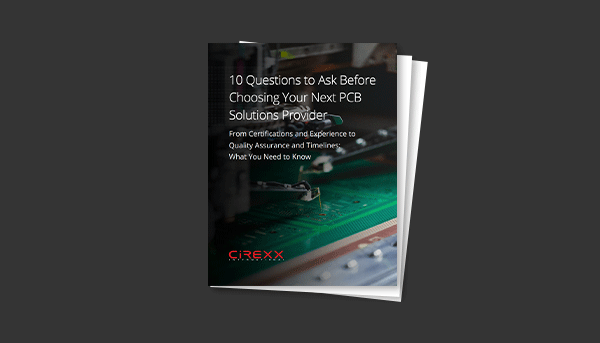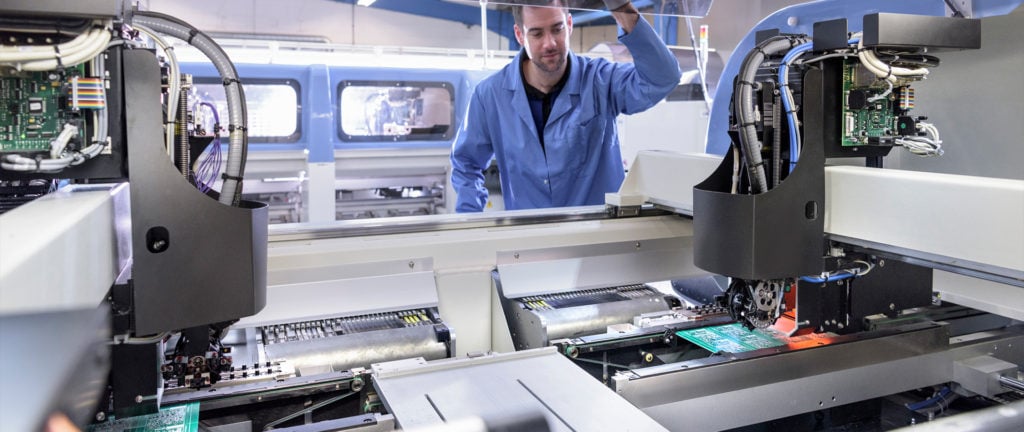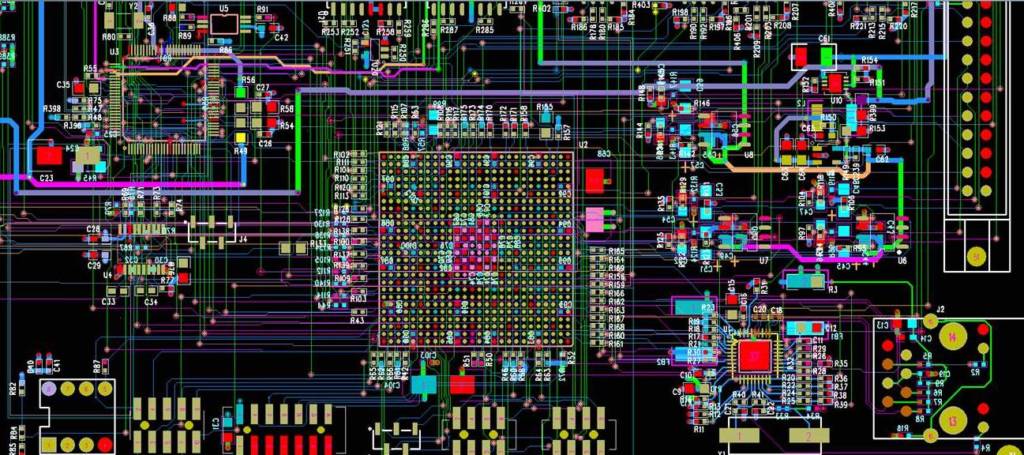Consignment vs. Turnkey PCB Manufacturing: Which is Best?
Choosing the right production method can make or break your manufacturing business. From startups designing their first products to multinational corporations looking for efficiencies in their production lines, the question of whether to opt for consignment or turnkey manufacturing is more crucial than ever.
To put things into perspective, the global electronic contract manufacturing and design services market was valued at USD 496.43 billion in 2022 and is expected to reach USD 1.208 trillion by 2032, growing at a CAGR of 9.3% during this period. This phenomenal growth underscores the increasing relevance of contract manufacturing in today’s business environment.
Whether you’re part of a small-scale startup stepping into the world of manufacturing or an established business trying to streamline your processes, it’s essential to understand the intricacies of consignment vs. turnkey manufacturing, as these models form the backbone of contract manufacturing.
Continue reading as we explore the unique benefits, potential drawbacks, and cost implications associated with each approach.
What Is Consignment Manufacturing?
Consignment manufacturing involves a collaborative partnership between the customer and the contract manufacturer. In this model, the customer provides the raw materials and components required for production, while the contract manufacturer assembles the final product. This method can also be thought of as partial outsourcing.
Benefits
- Ensures enhanced control over component quality and supply chain
- May lead to reduced costs, as customers supply their own materials
- Enables flexibility in modifying production based on customer stipulations
- Allows for immediate manufacturing, eliminating delays
- Reduces reliance on a third-party manufacturer’s credibility
Potential Drawbacks
- Places a higher responsibility on the customer for overseeing the supply chain
- May result in extended lead times due to coordination between the customer and manufacturer
- Requires covering all associated costs
What Is Turnkey Manufacturing?
Turnkey manufacturing involves an outsourced manufacturing partner taking over the entire production process. Here, the customer provides only the design and specifications, leaving everything else — from material procurement to production — in the hands of the Contract manufacturer.
Benefits
- Simplifies the process for the customer
- Leverages the manufacturer’s expertise in managing the supply chain and production processes
- Potentially reduces lead times
- Ensures quick printed circuit board (PCB) output
- Provides access to supply chain and production economies of scale
- Minimizes inventory risk
- Enables utilization of the latest technology without capital expenditure
Potential Drawbacks
- Customers have less control over component quality and supply chain
- May incur higher costs as the manufacturer handles all aspects of production
- Requires reliance on the performance of others
What Are the Cost Benefits of Each?
Understanding the financial implications of various manufacturing models is crucial for businesses seeking to balance quality and efficiency. Consignment and turnkey manufacturing offer distinct cost benefits that can significantly influence a company’s financial health. Let’s examine the cost advantages of each method to better understand their impact on your bottom line.
Consignment Manufacturing
The cost advantages of consignment manufacturing primarily revolve around reduced costs due to customer-supplied materials. Additional cost benefits may arise from negotiated pricing based on the customer’s bulk purchases of components. However, the associated expenses may include inventory financing, shrinkage, salary overhead costs, in-house kitting costs, and possible duplications if products aren’t adequately prepared for the contract manufacturer’s processes.
Turnkey Manufacturing
Turnkey manufacturing can result in cost savings due to the manufacturer’s expertise and production efficiencies. It also diminishes overhead costs for the customer, as they don’t need to manage an in-house production facility. Nevertheless, cost differences can be impacted by the scale of production, the complexity of the product, and market conditions for components and materials.
Which Is Best for Me?
The choice between consignment and turnkey manufacturing hinges on several factors:
- Your capability in managing supply chain and production
- Your available resources and capacity for handling production-related tasks
- Your desired degree of control over component quality and production processes
If you’re a small business with specialized products and strict quality requirements, consignment manufacturing could be more suitable. For larger companies aiming to scale production quickly and lessen in-house responsibilities, turnkey manufacturing could be the best choice.
Use the table below as a quick reference to the various aspects of consignment vs. turnkey manufacturing.
Consignment Manufacturing |
Turnkey Manufacturing |
|
| Method of Manufacturing | Customer provides materials, manufacturer assembles product | Manufacturer manages entire process, from procurement to assembly |
| Material Procurement | Procured by customer | Procured by manufacturer |
| Inventory Management | Managed by customer | Managed by manufacturer |
| Cost | Costs include inventory financing, shrinkage, salary overhead costs, in-house kitting, possible duplication | Costs impacted by scale of production, complexity of product, market conditions for components and materials |
| Risk | Customer bears risk of obsolete or excess inventory | Manufacturer bears risk of obsolete or excess inventory |
| Lead Time | Varies based on customer’s supply chain efficiency | Typically shorter due to manufacturer’s control over the process |
| Flexibility | High — allows for changes in design and production | Lower — changes may result in extra costs and lead times |
| Quality Control | Depends on the agreement between customer and manufacturer | Typically managed by manufacturer |
| Volume Efficiency | Better for smaller volumes or specialty items | Better for larger volumes due to scale of production |
| Expertise Required | Customer needs knowledge of parts sourcing and inventory management | Customer can rely on manufacturer’s expertise |
Final Thoughts: Consignment vs. Turnkey
Deciding between consignment and turnkey manufacturing is a critical business decision that requires careful consideration of your specific requirements and objectives. Both models offer unique advantages and drawbacks, making it essential to think about your company’s unique circumstances and long-term goals.
At Cirexx, we’re equipped to provide both consignment and turnkey manufacturing solutions for PCB assembly. Don’t hesitate to reach out today to discuss the best manufacturing method for your business needs.
Interested in the nuts and bolts of our PCB assembly process? Download our in-depth capabilities resource and discover how Cirexx can elevate your manufacturing needs.




